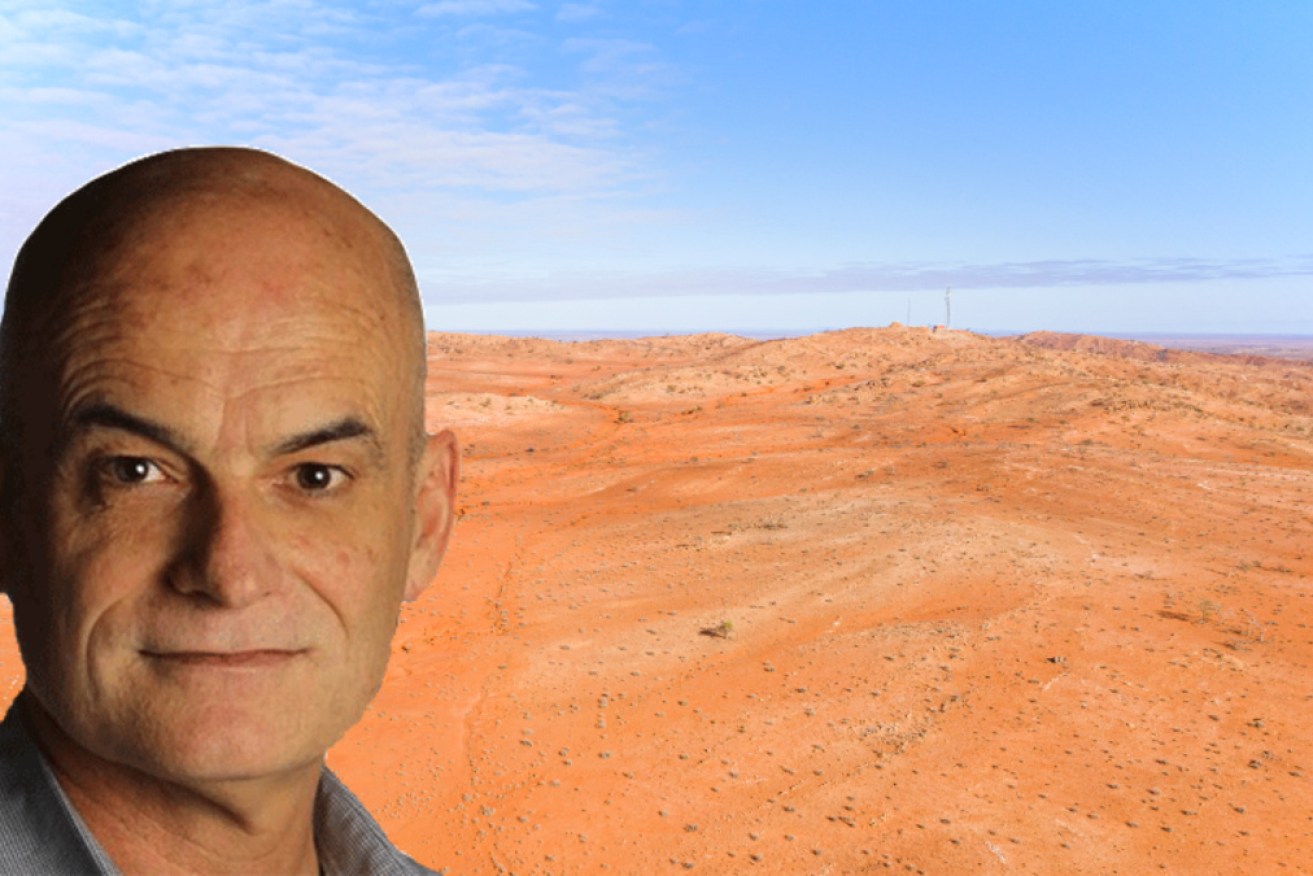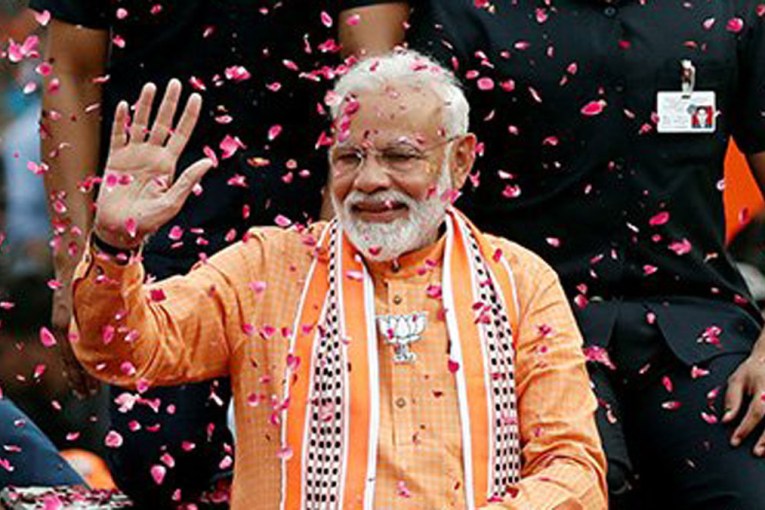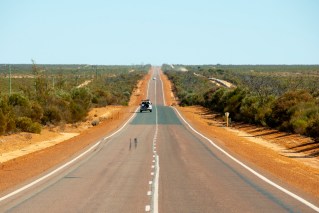Garry Linnell: Blinded by romance, we lack vision for our brown country


Garry Linnell wonders why we keep persisting to farm Australian land like we do. Photo: Getty
Sometimes it’s hard to love a sunburnt country.
We may have a fondness for its ragged mountain ranges and sweeping plains. But not even the most naïve romantic could be infatuated with its droughts and flooding rains.
Another brutal dry spell has descended across large swathes of this land, bringing with it the usual confronting images of heartbreak; once-lush fields turned to dust, animal skeletons bleaching in the sun and forlorn farmers in check flannel shirts casting imploring eyes at cloudless skies.
Those hot, dry winds sweeping across the plains have also brought with them the customary storm of tears and pleas for more taxpayer aid for our farmers, for more dams to be built, and for greater concessional loans for those who work the land.

Is it as romantic as poetry makes it out? Garry Linnell thinks not. Photo: Getty
But there is a question hanging over this debate that rarely gets asked, let alone answered.
Posing it is sometimes seen as being heretical and unpatriotic, a graceless query as welcome as bird droppings on a statue of an Anzac hero.
Surely, though, after more than two centuries of crippling droughts that have caused such human and animal misery, the time has arrived for a measured debate.
Why do we continue farming land that is chronically drought-prone – and likely to become more so as climate change wreaks greater havoc?
Farming practices have dramatically improved in the past half-century thanks to technology, common sense and sheer perseverance.
Yet vast stretches of land across western Queensland, NSW and parts of Victoria remain vulnerable to long periods without meaningful rain, despite billions being spent on irrigation and water retention schemes.

Johnnie McKeown in the dried-up bed of the Namoi River, near Walgett in NSW. Photo: Getty
Another round of drought relief programs is being put in place around the country – the federal and NSW governments last week announced a $1 billion investment to upgrade dams and launch other water infrastructure projects, while Victoria has also unveiled an assistance package.
But there’s something awfully familiar and piecemeal about it all – and that’s because we have seen it all before.
Few modern leaders have been prepared to take a view about the long-term sustainability of our agricultural sector.
The reasons are obvious.
Modern Australia’s ties with its brown land are steeped in the mythology of the 19th century and the stories and poems of men like Henry Lawson and Banjo Paterson, who gave us a world filled with nuggety and courageously pragmatic characters forever living in hardship while stoically defying nature and disease.
But that world has long gone.
When a devastating seven-year drought assaulted the country in the lead up to Federation, more than 30 per cent of Australians worked on the land.
Now, fewer than 400,000 people work in the agriculture, aquaculture and fishing industries out of a workforce that numbers close to 12 million.
We already know what happened to many other industries confronted by unstoppable forces.
More than 50 years ago about one in four Australians were employed in the manufacturing industry. Now it’s well below 10 per cent.
Yes, we gave up on the textile and car assembly sectors by lowering protective barriers and withdrawing subsidies. But they were also hit by events just as overwhelming and irresistible as drought – a huge leap forward in technology and automation.
It’s hard to imagine Australia walking away from agriculture in much the same fashion.
Farming may no longer be an overwhelmingly important financial driver – its output now makes up less than five per cent of our economy – but it remains inextricably tied to our culture and sense of self.
This is not an argument in that ongoing boring and largely irrelevant argument about the city versus the bush.
Change is needed.
Politicians have waxed endlessly about the important role of rural farming in Australian life.
Surely now, with the iron grip of another drought firmly in place, it’s time for a visionary plan that might involve a transition scheme for those farmers caught in the never-ending spiral of drought and debt.
The weather bureau’s drought report for last month simply underlined what those in the bush already know.
Water resources in the Murray-Darling basin are severely limited, September rainfall across most of the country was “very much” below average and one of the critical factors in agriculture – “root-zone soil moisture” was also way below average for most of the country.
Yet climate change may also offer alternatives.
One of the offshoots of global warming is that extreme weather events will increase.
Droughts will become more vicious and prolonged, but more rainfall and a longer growing season aided by a more temperate climate in some areas could give agriculture a much-needed boost.
Of course, if you happen to be one of those people who think climate change is a vast left-wing conspiracy propagated by alarmists and mung bean-munching scientists, we can simply carry on doing what we have for the past 200 years.
Keeping our heads firmly stuck in the sand.
Good luck with that. It’s getting drier by the year.
Garry Linnell was director of News and Current Affairs for the Nine network in the mid-2000s. He has also been editorial director for Fairfax and is a former editor of The Daily Telegraph and The Bulletin magazine








